When we talk about bacteria and viruses making us ill, we might also hear them referred to as pathogens. A pathogen is a general term for any microorganism that can cause disease. This post looks at how bacteria are different from viruses and includes a comparison table of viruses and bacteria.
What is a pathogen?
Bacteria, viruses, protists and fungi can all be pathogens.
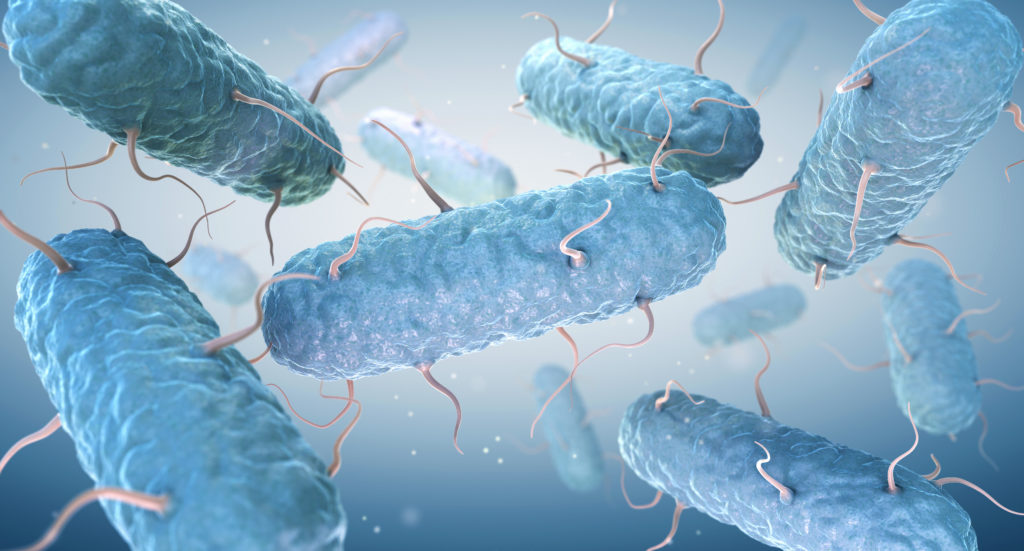
Differences between bacteria and viruses
Bacteria
Bacteria are bigger than viruses, but they are still very small. They are about 1/100 the size of a normal body cell.
Bacteria are living cells.
Single cell organisms which can reproduce alone.
Not all bacteria cause disease, some are harmless and some are helpful.
Some bacteria attack body tissues or release toxins, making you feel poorly.
Antibiotics can be used to destroy bacteria.
Viruses
Viruses are smaller than bacteria. They are about 1/100 the size of a bacterium.
Viruses are not a living cell, they are a strand of genetic information ( DNA or RNA ) inside a protein coat. They can only reproduce inside a living cell.
Viruses invade cells where they use the cell's machinery to make many copies of themselves. The new viruses are released from the host cell to search for a new cell to take over.
Antibiotics do not affect viruses. Some viral diseases are treated with antiviral medication.
How are bacteria different to viruses
Bacteria are bigger than viruses and are classed as living organisms which can reproduce without a host cell.
The question of whether viruses are a living thing is not straightforward.
Examples of diseases caused by bacteria
Cholera ( Vibrio cholerae ) is spread by bacteria in drinking water. Usually, from the faeces of an infected person contaminating drinking water.
Tuberculosis is caused by Mycobacterium tuberculosis and mostly affects the lungs, although it can impact other organs as well.
Examples of diseases caused by viruses
One of the most common viruses you hear about is Influenza. This is an airborne virus. When an infected person coughs or sneezes, the virus is expelled into the air in droplets, which can be breathed in by people close by.
Chickenpox ( Varicella Zoster ) is a childhood virus transmitted in the air by an infected person coughing or sneezing. It can also be spread by direct contact with chickenpox blisters or the mucus or saliva of an infected person.
What is a communicable disease?
A communicable disease is one that can easily spread. Diseases can spread between people, between animals and people or even between plants.
Pathogens can spread in water, in the air or by touching a surface contaminated with an infectious agent.
Pathogens can infect plants and animals.
Bacteria and Virus Activities for Kids
Make models of viruses using play dough or plasticine.
Make a snot trap and find out why snot is so fantastic!!
Not all bacteria are bad
Some types of bacteria do cause nasty diseases, but our bodies are also home to trillions of good bacteria. They help us digest food, produce vitamins and it's also thought good bacteria help protect us from bacteria that cause illnesses by overcrowding them!
Some people take a food supplement called a probiotic to increase the amount of healthy bacteria in their bodies.
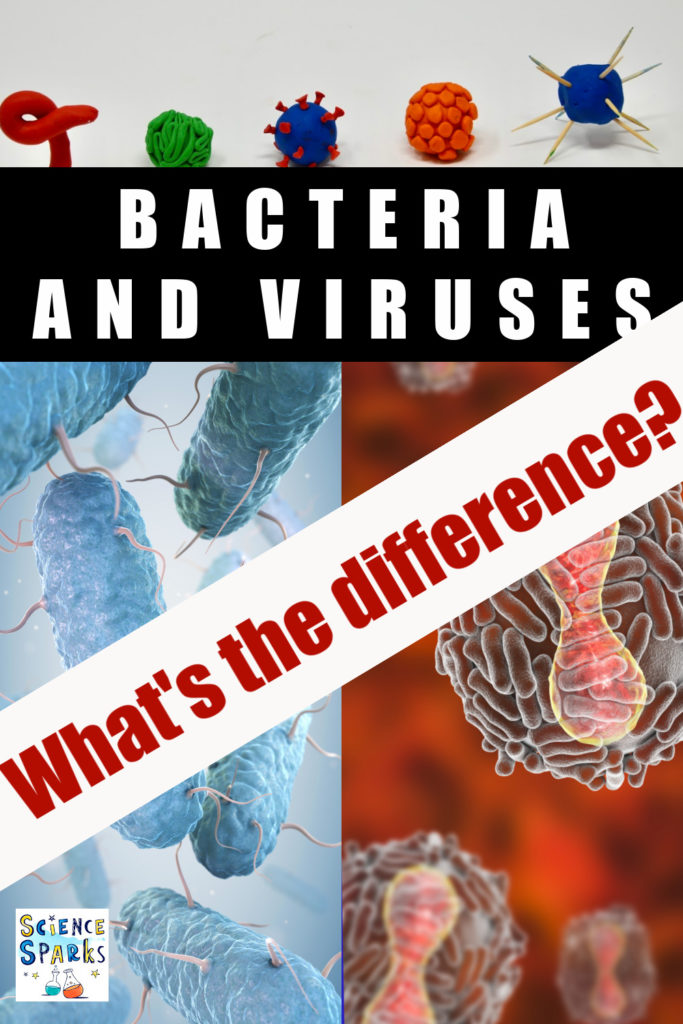
Last Updated on June 16, 2025 by Emma Vanstone
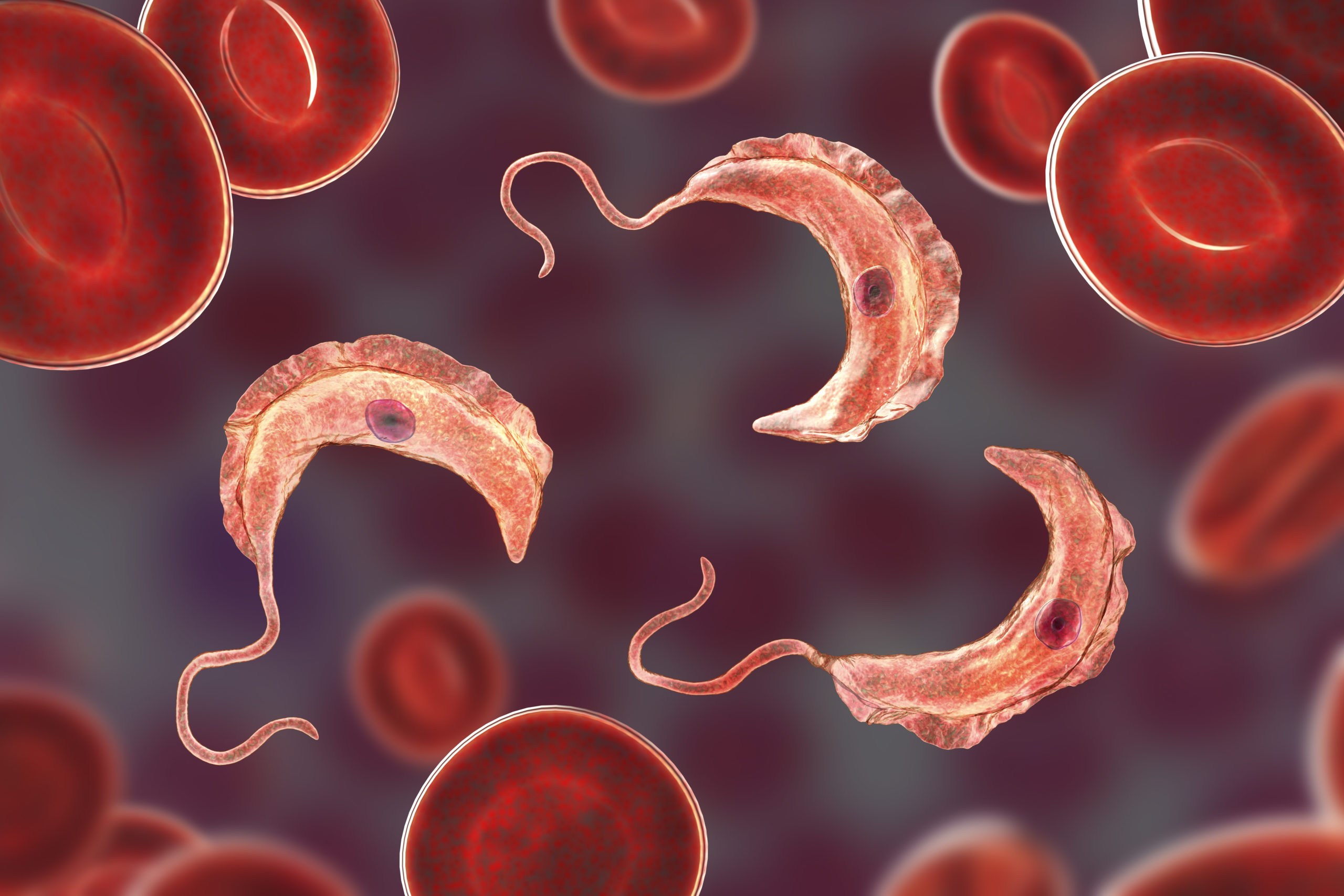
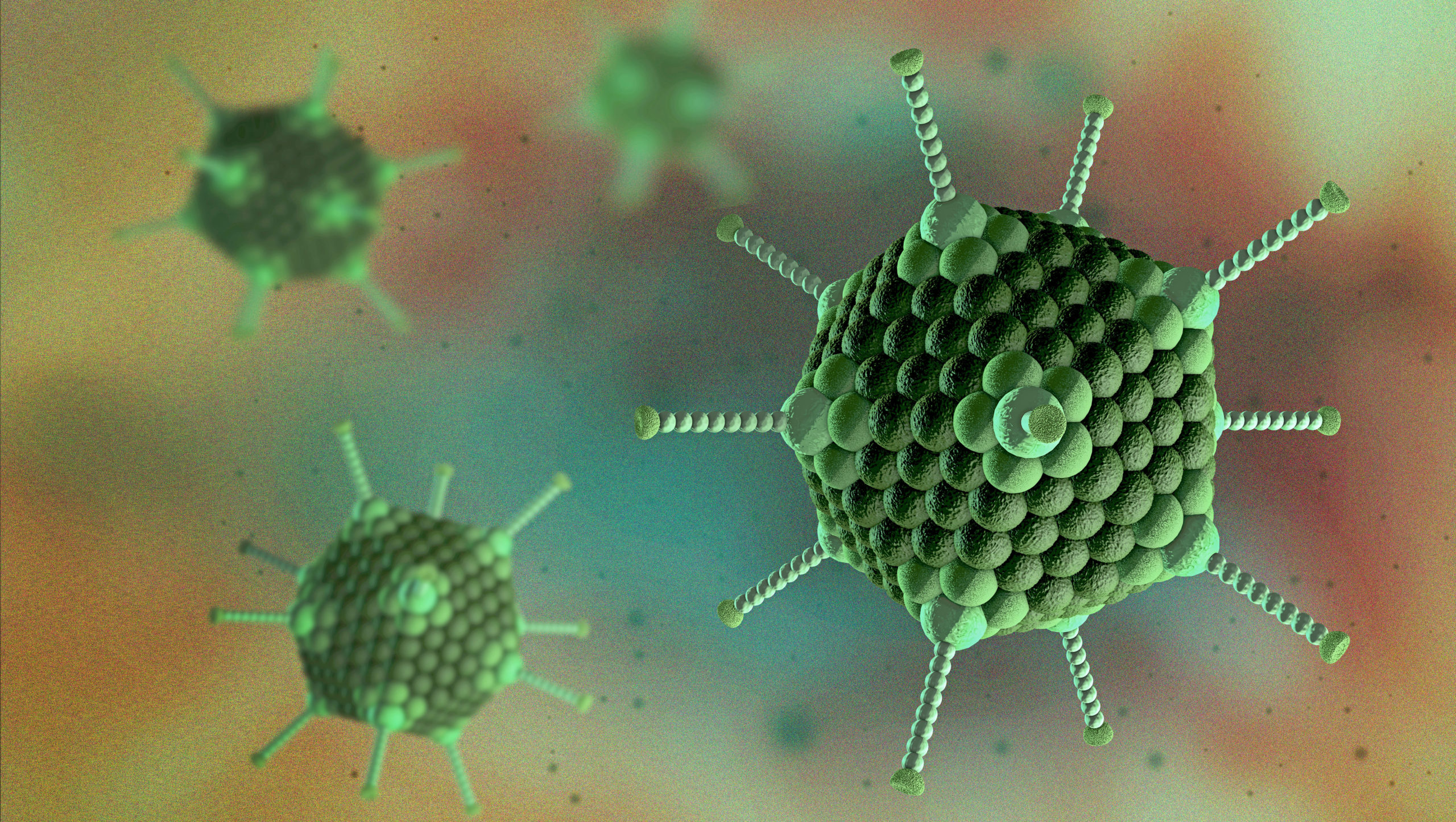
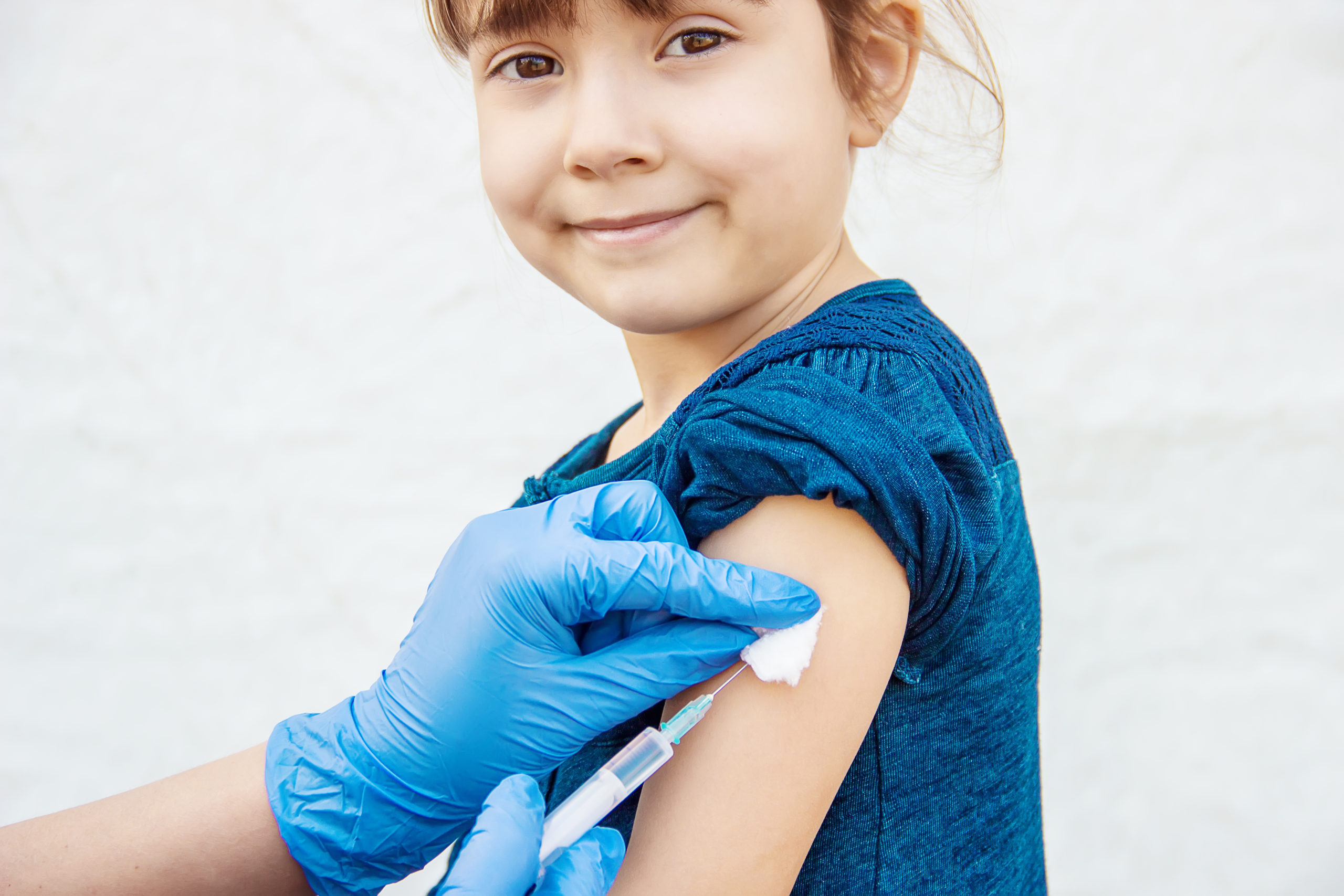
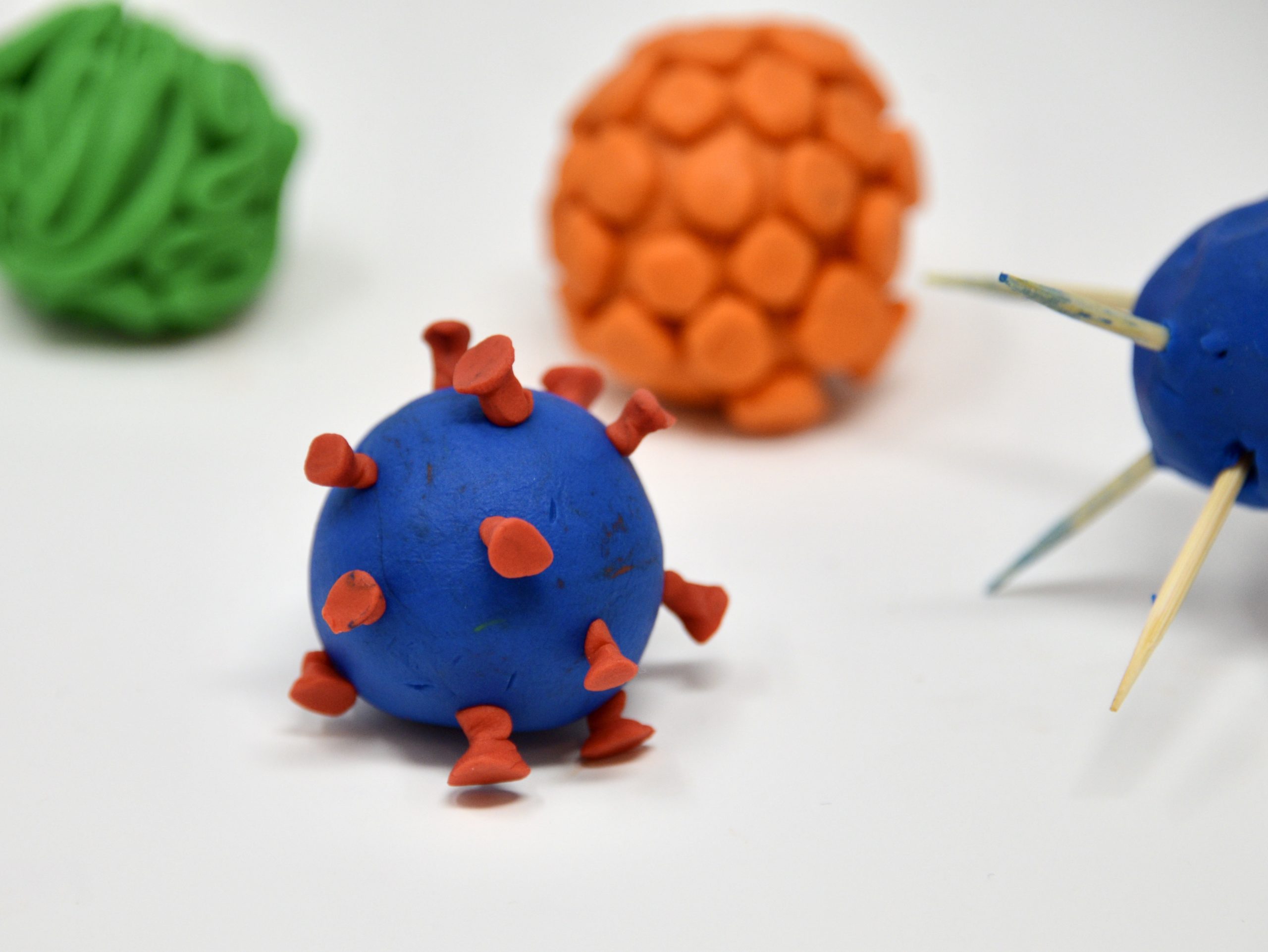
Leave a Reply